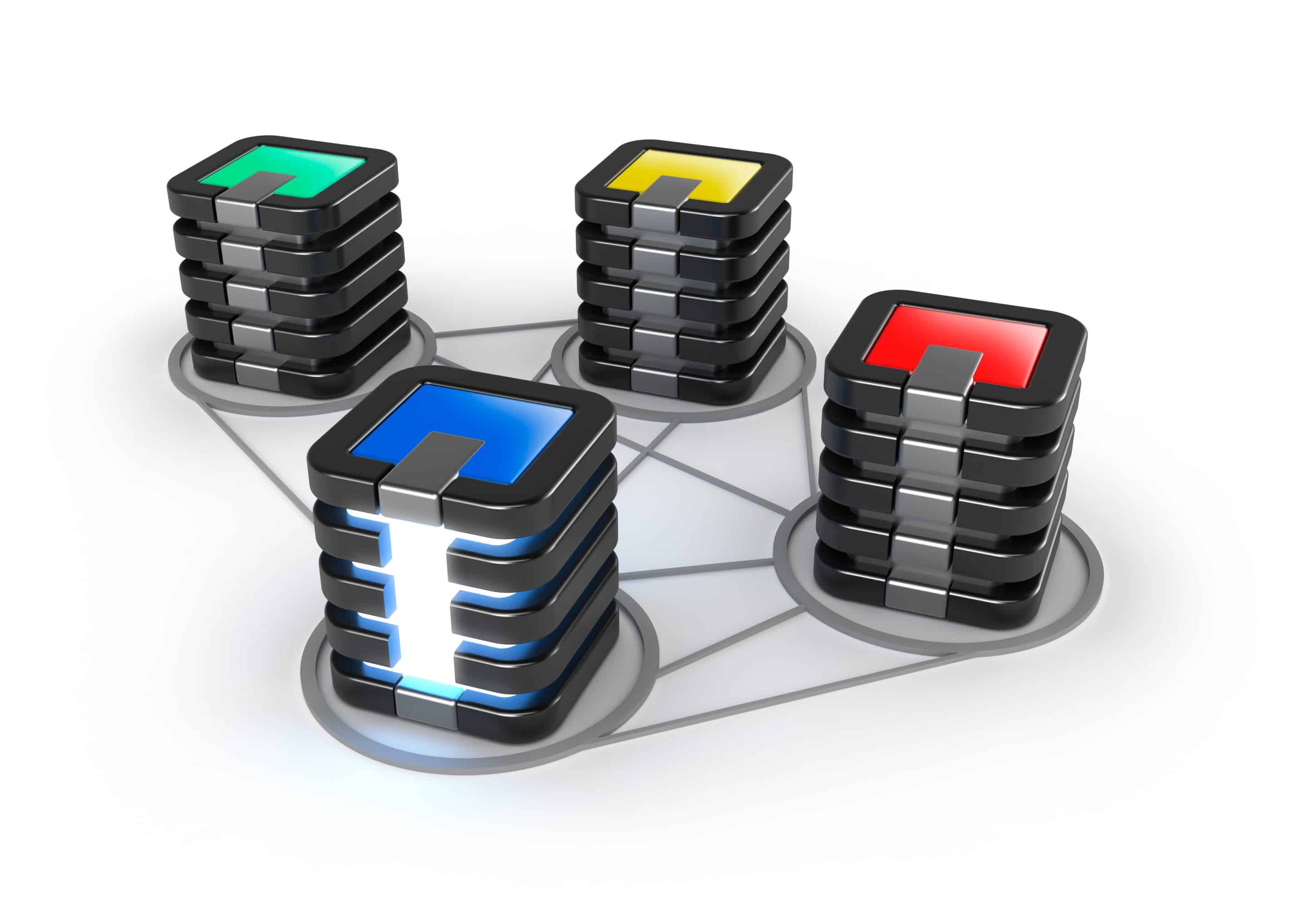VMDK Data Recovery Service
In recent years a new trend toward virtualization has evolved. Now a single high end server can host dozens of virtual machines of various operating systems all on a single piece of hardware. This saves electricity, space, and even hard drives since the new virtual drives can be thin provisioned to only require as much space as is currently being used and be seamlessly upgraded later when needed.
Picture
VMDK file format, originally owned by VMware but now open source, has become the industry standard for virtual hard drives. These virtual disk image files are reliable, scalable, and now can even be larger than 2TB (the previous limitation). They have the advantage of thin provisioning allowing more virtual disk space than actually exists on a the machine, and are easily moved from one server to another by simply copying the files over.
But, what happens when something goes wrong? On a normal server, when it fails to boot, you can simply connect the hard drive to another computer and usually copy out the necessary data. But, with VMDK files it’s not so easy. If you’ve ever attempted to open a VMDK file using another virtual machine, you’ve most likely been greeted by the usual host of error messages, and been unable to boot the machine. And if it’s file tables are corrupted, you can forget about just opening it up that way.

Having a good backup strategy is always the best option, but let’s face it, we are seldom as prepared for a disaster as we should be. I work in a data recovery lab and spend every day listening to peoples horror stories about their lost data, yet even I have failed to backup data at times. Twice I even had to recover my own hard drives that failed (fortunately it didn’t cost me much). Once we even had to do a VDMK data recovery from our own server which was a VM RAID over physical RAID array. Fortunately it didn’t cost us much.
What to do When a VMDK Disaster Strikes
As with any data loss event, don’t panic and make an amateur mistake like running chkdisk or Spinrite. This not only won’t help anything, it will make it worse. The first thing to do is make a backup copy of the VMDK files onto a separate hard drive. And then only work from the second drive. You should never work on the original drive.
In fact, the original drive should be taken offline as soon as possible after such an event. In some cases, such as in a power loss or failed RAID rebuild, the file table of the physical hard drive might show the wrong size or location for the .vmdk file. (perhaps reverting back to an older version of the file table when the virtual drive was smaller). In such cases you will need a professional to analyze the code on the physical drive and properly extract the vmdk file. Even if you don’t think this has happened, it’s better to be safe and work from a copy (either of the entire physical drive, or at least the VMDK file).
After you have a good copy, you can try various data recovery software programs that are able to read VMDK files and rebuild them even with damaged file tables. I’d recommend a couple options, but I don’t want to give away any of my trade secrets. You can seach google to get reviews of some and see which one sounds like it will work for you.
Need Professional VMDK Data Recovery?
Don’t call a “geek” call a Data Medic. We have the expertise to properly extract your data from a VMDK file or even from a failed hard drive and get you back up and running fast. All at prices that won’t break the bank. Call -1 (844) 4-My-Data to find out more. Or click the contact tab above to get the process started. Data Medics, your VMDK data recovery experts.
